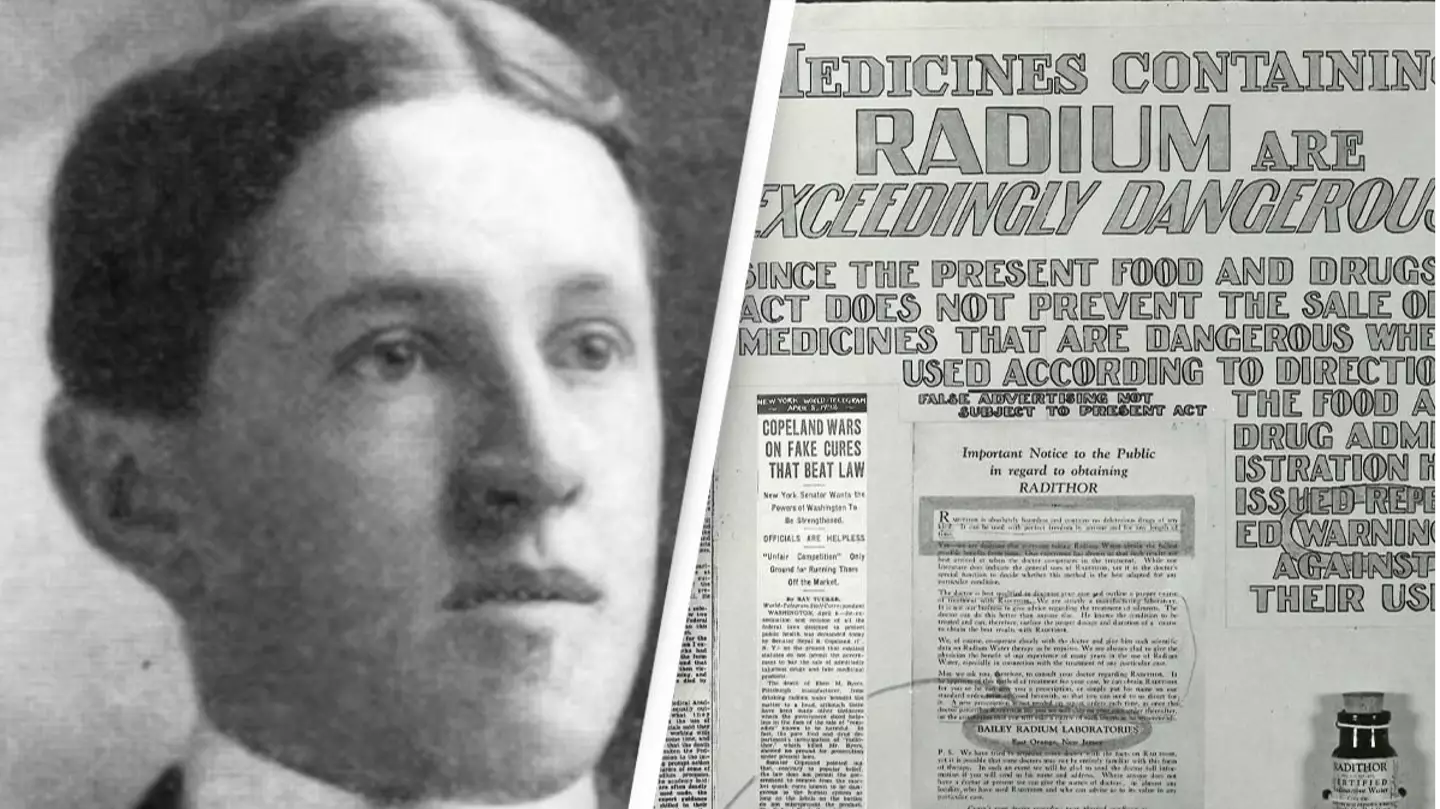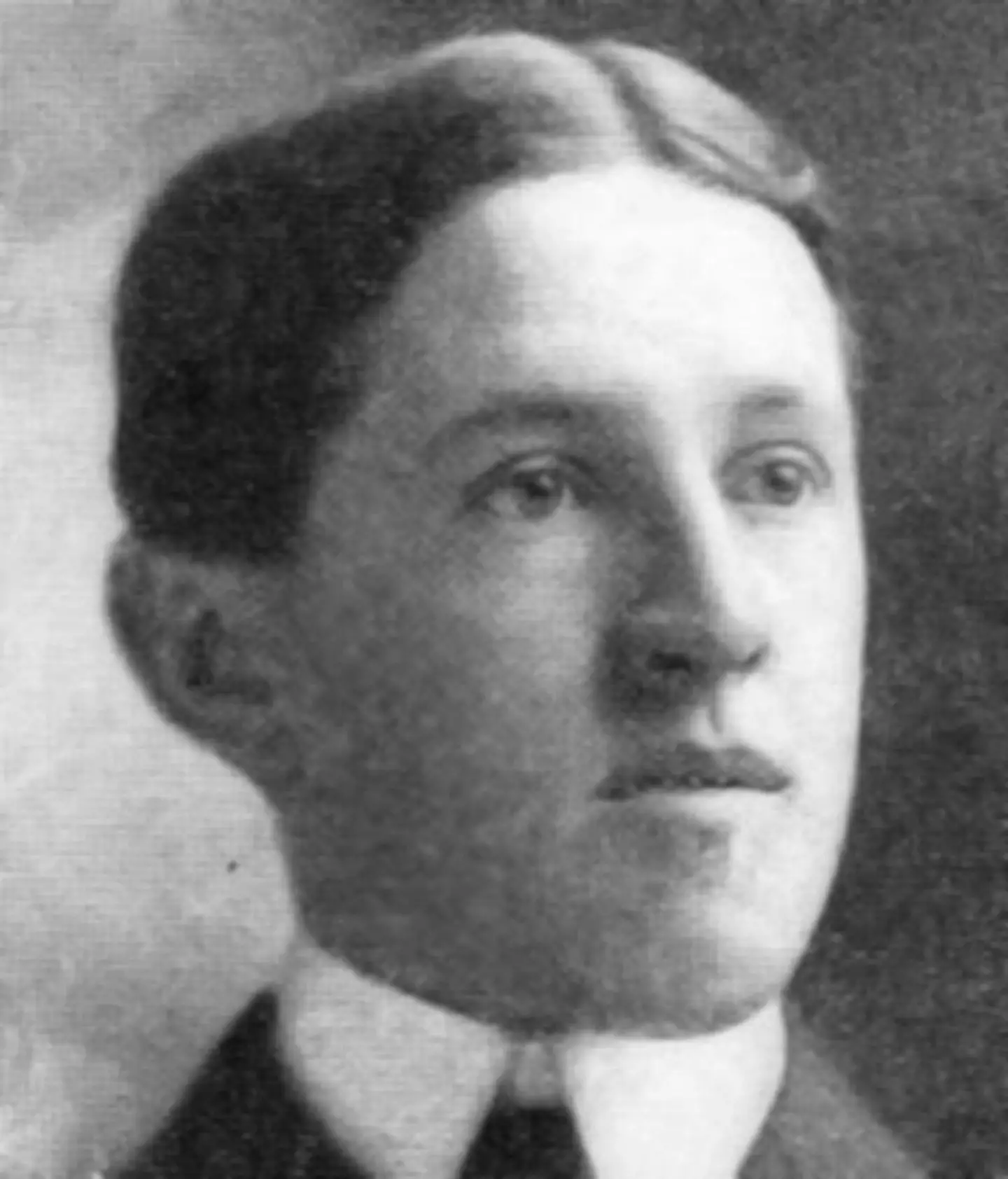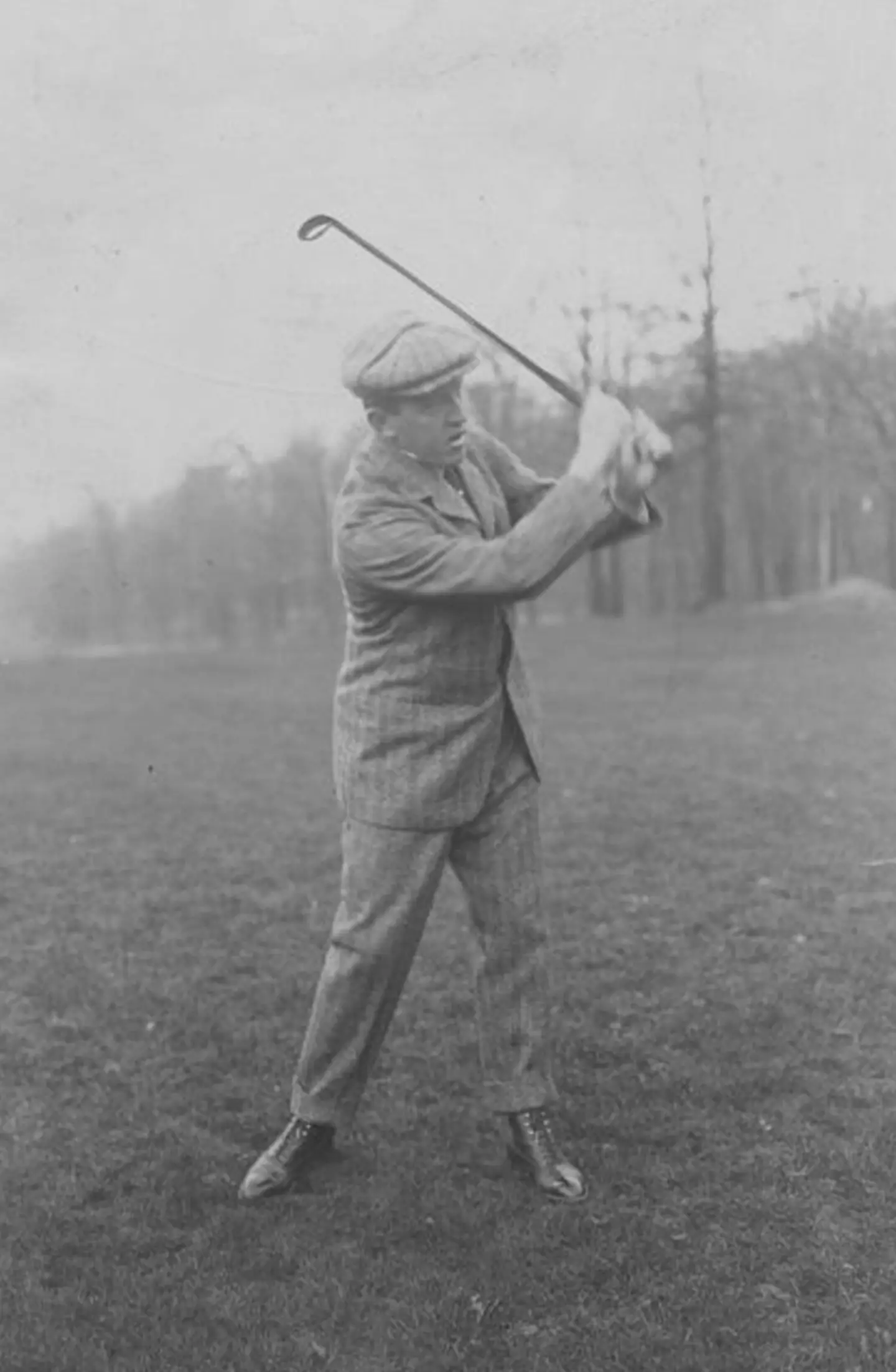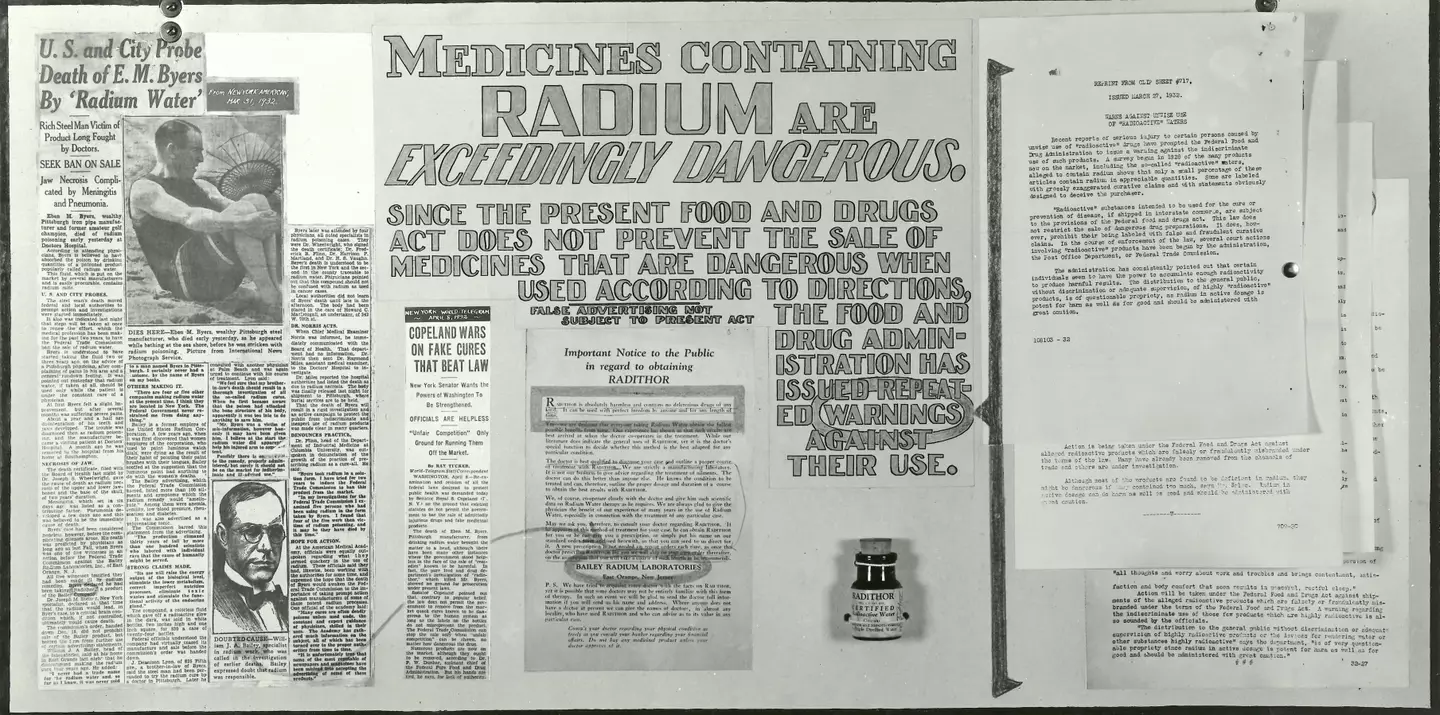
The dangers of radioactive materials such as radium are widely known, yet radium was once used as a healthcare tonic designed to cure illnesses.
However, it rotted and killed people slowly with radioactive poisoning. One person who died in such a manner was amateur golfer and Yale alumni Eben Byers.
At the age of 51, Byers - the son of the wealthy art collector and financier Alexander McBurney Byers - died from multiple radiation-induced cancers after consuming Radithor, a popular patent medicine made from radium dissolved in water. Byers spent three years drinking the 'health tonic' after being prescribed it by 'quack doctor' William Bailey after Byers hurt his arm in 1927.

Unbeknown to Byers or many of Bailey's other patients, Bailey was not even a qualified doctor. He had dropped out of Harvard and made money developing his health tonic Radithor, which he then sold widely. It's thought he sold 400,000 bottles of the tonic including 1,400 he bought himself.
Advert
Radithor at the time was believed to be full of health benefits and alleviate aches, pains, and even invigorate one sexually. However, none of this was true for Byers.
After three years of drinking the radioactive tonic, Byers began falling apart from the inside.
Side effects of his Radithor drinking including his teeth falling out, his jaw needing to be removed and holes forming in his brain and skull.
Despite his bones and tissue literally beginning to rot from the inside out, the radium meant he couldn't feel the pain.

In 1932, three years after he began drinking Radithor, Byers died of radiation-induced cancers caused by the lethal water infusions he had been consuming. His death was attributed to 'radiation poisoning' using the terminology of the time, but it was due to cancers, not acute radiation syndrome.
Advert
His body is buried in Pittsburgh, Pennsylvania, in a lead-lined coffin.
After his death, Byers became widely known for the circumstances in which he died. Previously, America had seen radium as harmless and even touted the benefits of it for health and wellbeing during the 20s and 30s.
Yet Byers death received much publicity and it heightened the awareness of radioactive 'cures', which were becoming widespread.

As a result, The Federal Trade Commission issued an order against Bailey's business to 'cease and desist from various representations theretofore made by them as to the therapeutic value of Radithor and from representing that the product Radithor is harmless'.
Advert
Despite this, Bailey then went on to later found the "Radium Institute" in New York and market a radioactive belt-clip, a radioactive paperweight, and a mechanism which purported to make water radioactive.
33 years after Byers' death, his body was exhumed for examination by MIT physicist Robley Evans. He estimated Byers' total radium intake as about 1000 μCi (37 MBq).
If you have a story you want to tell, send it to UNILAD via [email protected]
Topics: Science